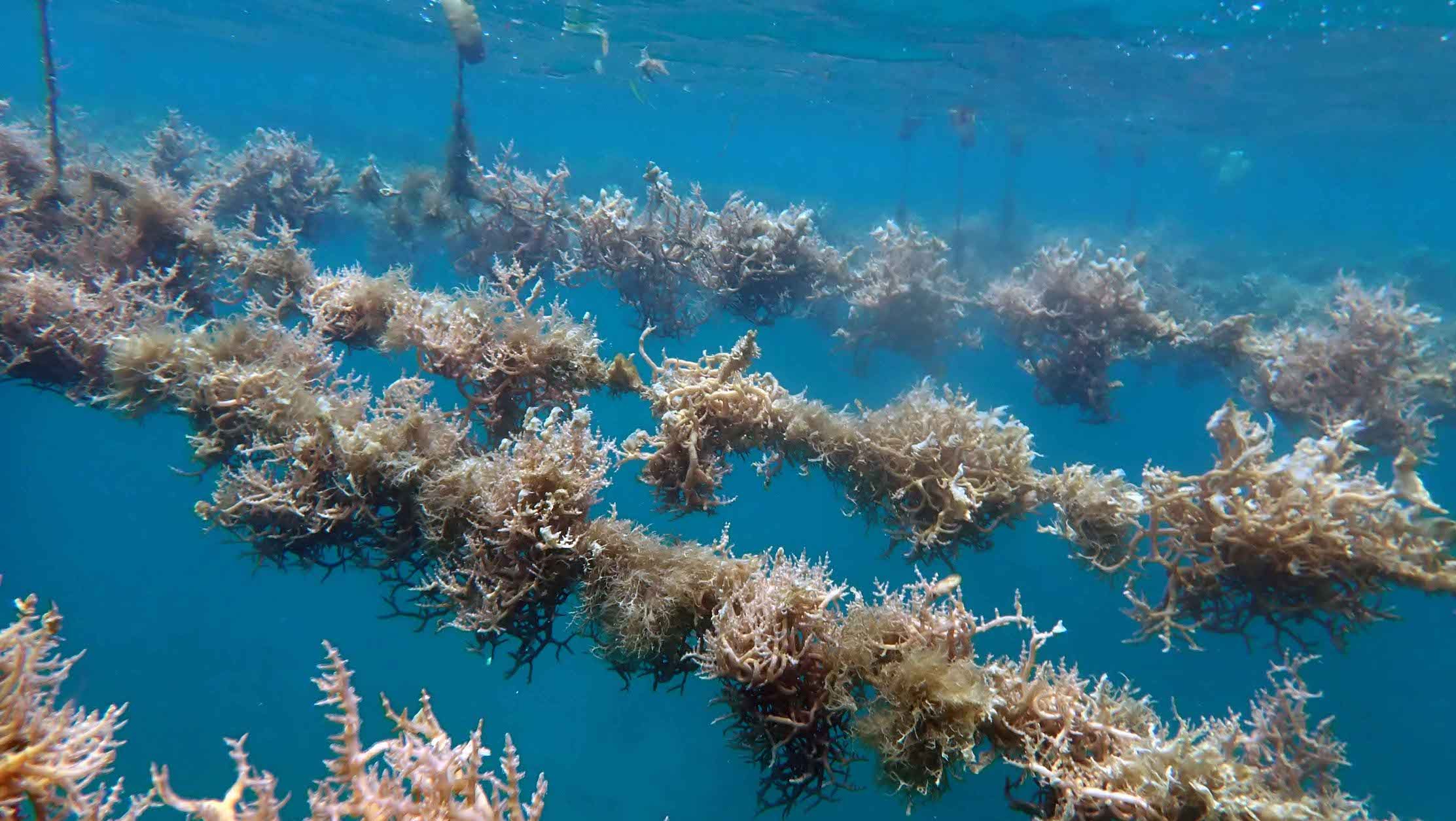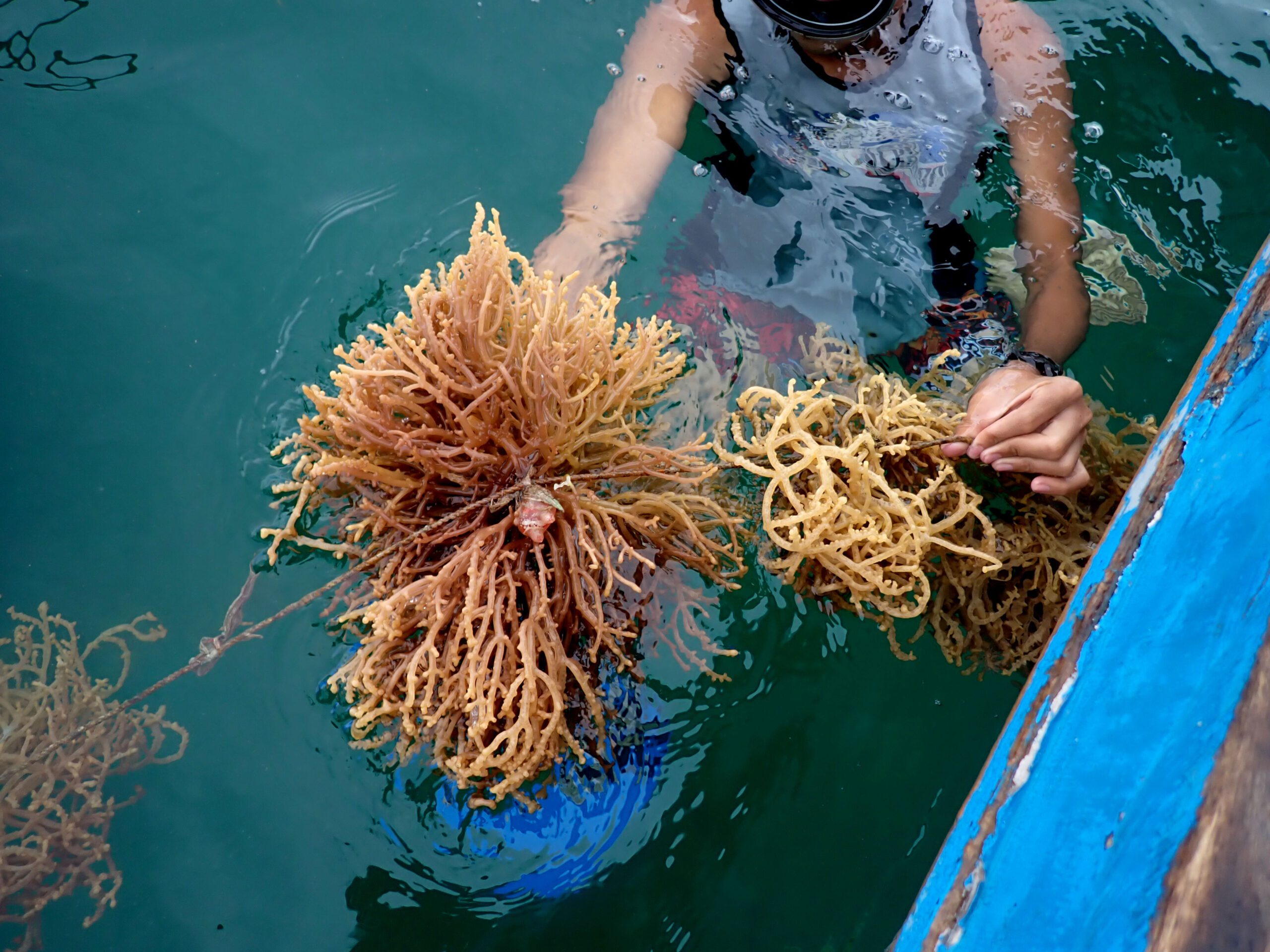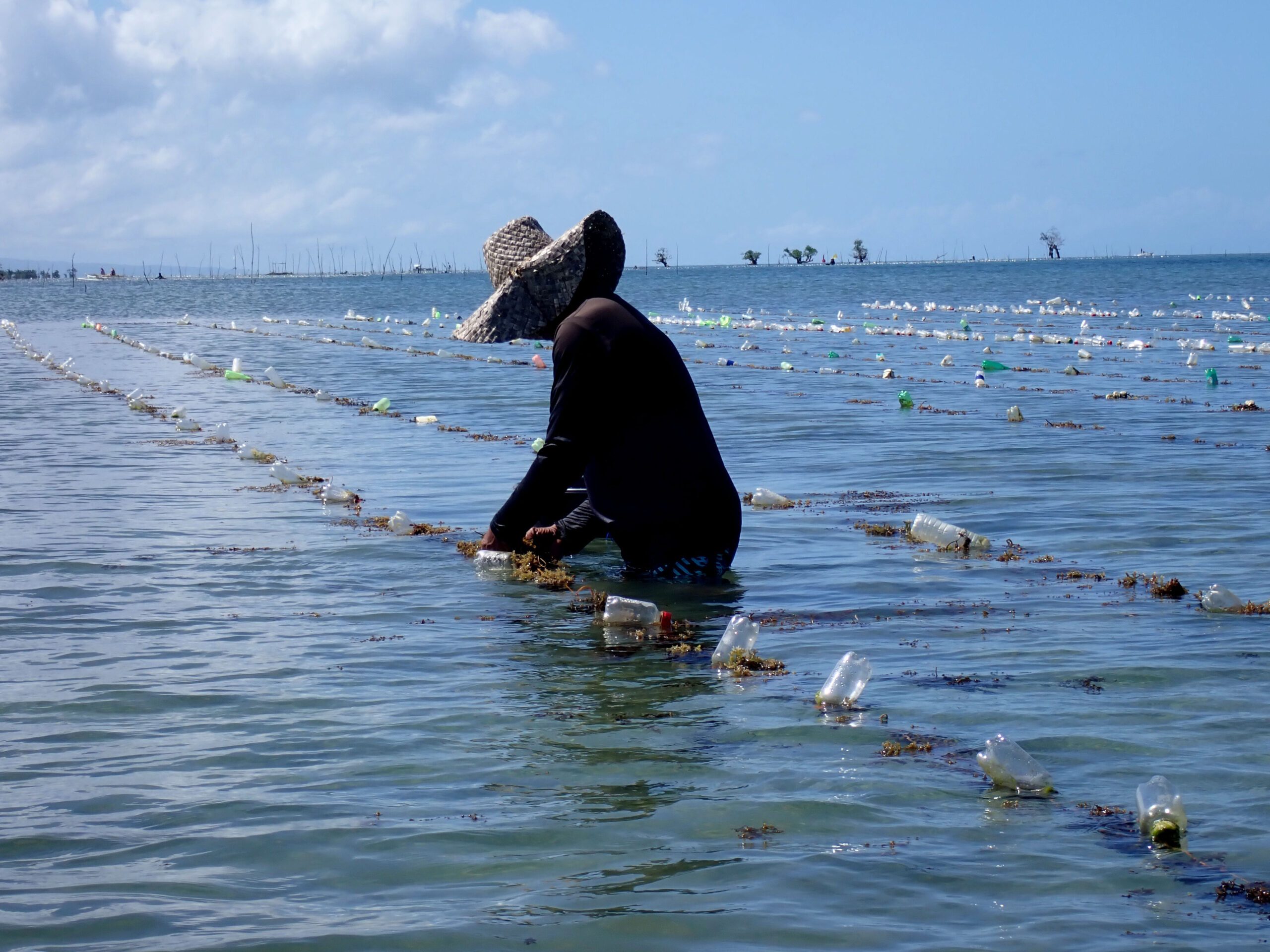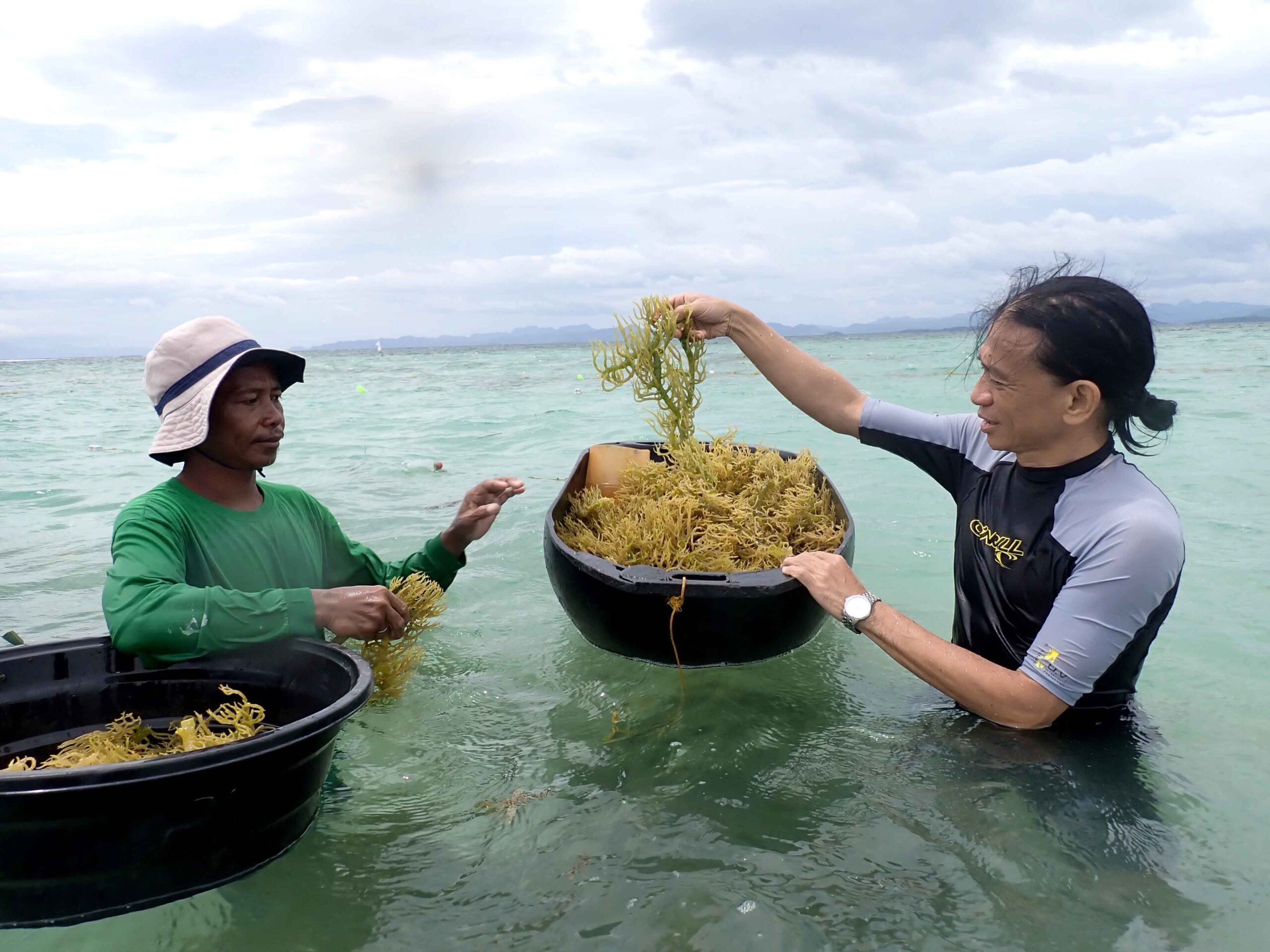SUMMARY
This is AI generated summarization, which may have errors. For context, always refer to the full article.

MANILA, Philippines – In case a nuclear war erupts, the world would witness firestorms and radioactive mushroom clouds.
Then, the world would be blanketed by dark soot. Temperatures would drop, and there could be no sunny days in over a decade.
On the off chance that you survive all of these, you still have to contend with nuclear winter, political and economic instability, and the third horseman of the apocalypse: famine.
Enter the humble seaweed.

Seaweed, the food for survival
With its ability to thrive with little sunlight and less resources, seaweed can prove to be a resilient crop in the aftermath of a nuclear war, when the food supply chain is disrupted.
In a peer-reviewed study recently published in the science journal Earth’s Future, researchers found that post-nuclear seaweed production could be ramped up to 45% of the global food demand in a short amount of time.
What’s most surprising is that the more severe the nuclear war is, the faster seaweeds can grow. Talk about grace under pressure.
“It’s surprising that the seaweed grows better the worse the nuclear catastrophe is,” Michael Roleda, professor at the University of the Philippines Diliman Marine Science Institute (UP MSI), told Rappler in an interview. “Because actually, we expected the opposite.”
Roleda, who has been studying seaweeds for the past 30 years, is a co-author of the study.
When the world cools after a nuclear war, colder and nutrient-rich water from below rises to the ocean’s surface, Roleda explained. These nutrients would help seaweeds grow faster.

While the algae can survive with low light, Roleda noted that, of course, growth is better if seaweeds are given more than the bare minimum. He said they simulated the growth of seaweeds in a reduced sunlight setting, when the atmosphere is covered by dust in scenarios of a nuclear war or a volcanic eruption.
“The amount of light that could pass through the atmosphere, it’s enough to make the seaweed photosynthesize and grow,” he said. “Basically, that makes seaweed a resilient crop during some catastrophic event.”
Aside from that, seaweed is not reliant on arable land, fertilizers, and pesticides – resources that people may be hard put to get in a time of war.
The study was conducted by researchers from the Alliance to Feed the Earth in Disasters, Louisiana State University, University of Canterbury, and the UP MSI.
It envisioned a future after a nuclear war between the United States and Russia, with a world dealing with 150 trillion grams of soot. A separate study in Nature Food saw that this scenario would decrease calorie production from crops up to 90%, three to four years after the war ended.
In the interim
Roleda, who has dedicated much of his academic career in the study of seaweeds, hopes people would appreciate what seaweed has to offer. He studies seaweed as a source of protein and carrageenan.
Carrageenan is extracted from seaweeds and is used as an emulsifier and thickener in different products.
Seaweed can be found from the toothpaste in your bathroom to the canned meat products stocked in your pantries. Even chocolate milk and ice cream has seaweed component.
Seaweed is good for gut health and is rich with vitamins. It has antioxidant and anti-obesity properties, and is a staple in some Asian cuisines. Roleda lamented that despite the popularity of seaweeds in neighboring countries, this enthusiasm for the algae doesn’t translate as much in the Philippines.
“Despite that, very few people appreciate seaweed,” he said. “And the name in itself, ‘weed,’ has a misnomer because if it’s a weed, it’s something unusable, masakit sa mata (It’s an eyesore).”
According to the Philippine Seaweed Industry roadmap, the country used to be a lead exporter of seaweeds, selling to China, the United States, and some European countries. However, the degrading quality of seedlings set back the country.

That’s why Roleda and his team is working on an in-vitro gene bank where they are cultivating different strains to see which has the most superior quality for seaweed farming.
The scientist attributed the underdeveloped industry to the available areas in the country for cultivation, the frequency of typhoons, and the lack of support for research and development in the multimillion dollar industry of seaweeds.
For Roleda, it’s time the government puts forward more support for the seaweed industry – even before a nuclear war erupts in other places in the world.
“We don’t need to wait for a nuclear war to happen or a big volcanic eruption covering all our atmosphere before we appreciate that seaweed is a resilient crop that could maybe help us thrive,” he said. – Rappler.com
Add a comment
How does this make you feel?





There are no comments yet. Add your comment to start the conversation.